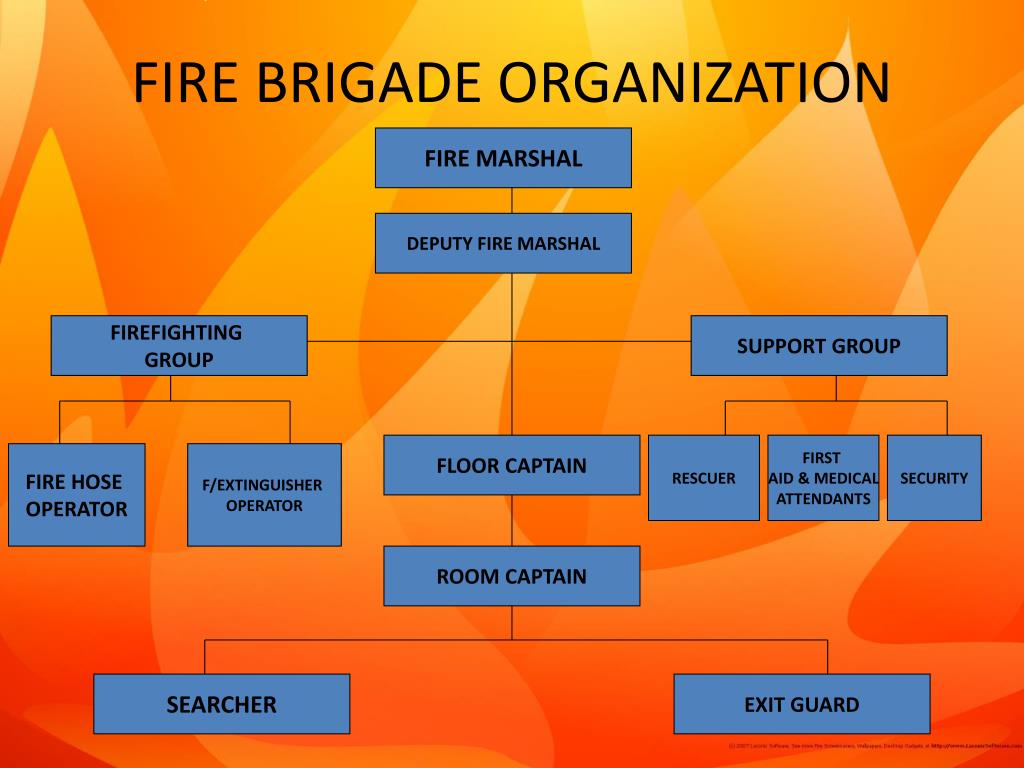Protecting people and property from fire hazards is a top priority. Combining technology and training is a proven approach to prevent fire disasters. Automatic fire suppression setups and emergency readiness programs complement each other to minimize fire impact.
What Are Sprinkler Systems?
Advanced fire safety technologies are built for rapid fire control. They operate through temperature-triggered nozzles to prevent fire spread. Individual nozzles minimizes water waste, focusing resources on the fire zone.

Critical aspects of sprinkler setups include:
- Sprinkler heads: Spray water directly.
- Water distribution systems: Deliver water throughout the building.
- Automatic system dashboards: Oversee system activation.
- treinamento de incêndio nas empresas
- Water reservoirs: Support uninterrupted suppression.
The Importance of Emergency Preparedness
While sprinkler systems offer automatic protection, fire brigade skills is indispensable. Team training sessions equip staff to respond effectively and address complex scenarios.

Primary aspects of team readiness drills include:
- Fire hazard identification: Promoting safety awareness.
- Evacuation planning: Practicing efficient escapes.
- Hands-on fire control: Training in using equipment.
- Emergency collaboration: Encouraging teamwork under pressure.
How Sprinkler Systems and Fire Brigade Training Work Together
Uniting fire suppression tools with trained teams creates a robust fire safety plan. With sprinklers controlling flames immediately, emergency crews manage complex situations.

In tandem, these systems limit damage in homes and apartments, offices and businesses, and manufacturing plants alike.
Conclusion: Building a Safer Future
Advanced suppression systems and team preparedness ensure optimal protection. Combining these strategies enhances emergency responses for critical situations.
Take the next step in fire safety today by installing sprinkler systems. Preparedness and technology work hand in hand!
Comments on “Complete Insights on Fire Suppression and Safety Preparedness”